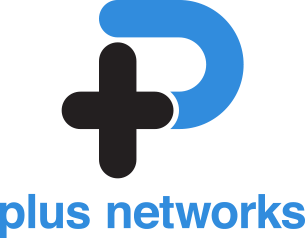Do you need more information? Check out our most frequently asked questions.
About Plus Networks
What is fiber optic Internet and how does it work?
We refer to the transmission medium through which the data passes. An optical fiber is so called because it is a very fine thread of transparent material, plastic materials and glass, where pulses of light generated by LEDs or lasers pass.
The advantages of fiber optics are many, but mainly its high bandwidth and excellent propagation properties, being resistant to problems that normally only occur in copper (or electrical) networks.
What Internet speeds can I achieve with fiber optics?
Thanks to its high bandwidth, transmission speeds are only limited by current technology. It is possible to go from a few Megabits per second (Mbps) to Terabits per second (Tbps).
Is fiber optic Internet access better?
Definitely. Fiber optic Internet access provides a better user experience, allowing the company to grow as needed.
How is fiber optic Internet installed?
The fiber optic Internet is installed by highly qualified personnel, who take the fiber optics to the company’s offices. There are several types of fiber optics. Plus Networks would assess your site and provide with the more ad-hoc solution.
Does fiber optic Internet require a modem?
A Customer-premises equipment (CPE) is installed in the client’s office.
Why change to a 100% fiber optic installation? What are the advantages?
For the quality of experience and customer service. Having a fiber optic link, as mentioned above, brings a number of advantages to older copper networks, but also the service should not only be seen as the physical connection. The service includes something very important, which is customer service by a highly specialized team available 24 hours a day, 7 days a week, 365 days a year.
What is the difference between a residential Internet link to a corporate one?
There are also residential fiber optic links, which despite having fiber to the home (Fiber to the Home – FTTH), these residential services are asymmetric; this means that have more download than upload. Unlike corporate or business links, the links are 100% symmetrical. For example, if a client signs up for a 100 Mbps service, it translates to 100 Mbps download and 100 Mbps upload.
What do data links or point-to-point mean? Are they fiber optic too?
Point-to-point links are very useful for expanding businesses on a metropolitan, national, and even international level. It’s called point-to-point because the company looks at its branch directly, privately without its traffic going out onto the Internet.


